Home>Articles>What Is The Best Fertilizer For Trees And Shrubs
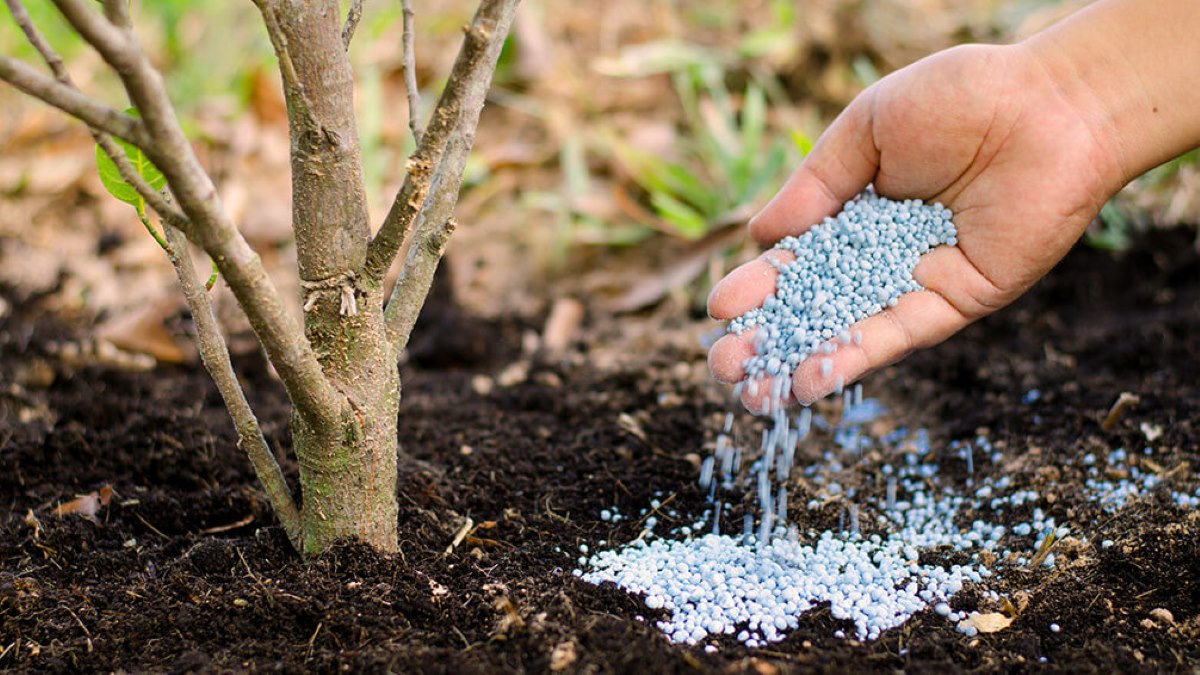

Articles
What Is The Best Fertilizer For Trees And Shrubs
Modified: March 1, 2024
Looking for the best fertilizer for your trees and shrubs? Check out our informative articles to find the perfect solution for your garden's needs.
(Many of the links in this article redirect to a specific reviewed product. Your purchase of these products through affiliate links helps to generate commission for Storables.com, at no extra cost. Learn more)
Introduction
When it comes to maintaining healthy and thriving trees and shrubs, one of the most important factors to consider is proper fertilization. Fertilizers provide essential nutrients that trees and shrubs need to grow, develop strong roots, and resist diseases and pests. However, with so many options available, it can be challenging to determine which fertilizer is the best choice for your specific trees and shrubs.
In this article, we will explore the factors to consider when choosing a fertilizer, discuss the different types of fertilizers available, and highlight the best options for various types of trees and shrubs. Whether you have evergreen or deciduous trees and shrubs, are caring for young saplings or mature plants, or prefer organic or inorganic fertilizers, we’ve got you covered.
Choosing the right fertilizer for your trees and shrubs requires a thoughtful approach. Factors such as the specific nutrient requirements of your plants, soil composition, climate, and the age of your trees and shrubs will all influence your decision. By understanding these factors and making an informed choice, you can provide the nutrition your trees and shrubs need to thrive.
Organic fertilizers, derived from natural sources, offer several benefits. They release nutrients slowly, which reduces the risk of overfertilization and nutrient leaching. Additionally, they promote soil health by improving its structure and increasing microbial activity. Organic fertilizers also have a minimal negative impact on the environment.
Inorganic fertilizers, also known as synthetic or chemical fertilizers, are manufactured and typically provide nutrients in a more concentrated form. They can be formulated to target specific nutrient deficiencies and provide quick results. However, they may require more frequent applications and can have a higher risk of nutrient runoff and environmental pollution if not used correctly.
Slow-release fertilizers are designed to release nutrients gradually over time, ensuring a consistent supply to the trees and shrubs. This reduces the risk of nutrient imbalances and reduces the need for frequent application.
Now, let’s delve into the specific types of trees and shrubs and explore the best fertilizer options for them. Whether you have evergreen trees that need a nutrient boost during the winter months or deciduous trees and shrubs that require extra nutrients during the growing season, we will guide you in choosing the best fertilizer for each situation.
Key Takeaways:
- Choose slow-release organic fertilizers for evergreen trees and shrubs to provide sustained nutrition and support lush, green foliage year-round, promoting long-term health and vitality.
- For deciduous trees and shrubs, opt for balanced NPK fertilizers and slow-release formulations to ensure robust growth, vibrant foliage, and optimal root development, enhancing overall resilience and seasonal beauty.
Factors to Consider When Choosing Fertilizer
Choosing the right fertilizer for your trees and shrubs requires careful consideration of several factors. By understanding these factors, you can make an informed decision and provide optimal nutrition for your plants. Here are the key factors to keep in mind:
- Plant Nutrient Needs: Different trees and shrubs have varying nutrient requirements. Understanding the specific needs of your plants will help you select a fertilizer that provides the necessary nutrients. For example, some plants may require higher levels of nitrogen for leafy growth, while others may need more phosphorus for robust root development. Conduct a soil test or consult a professional to determine the nutrient composition of your soil and the specific needs of your plants.
- Soil Composition: The composition of your soil plays a crucial role in fertilizer selection. Sandy soils, for instance, drain quickly and may require more frequent fertilization to prevent nutrient loss. On the other hand, clay soils retain moisture and nutrients, potentially reducing the need for frequent applications. Understanding your soil’s composition will help you choose the right fertilizer formulation.
- Climate and Season: The climate and season in which your trees and shrubs grow also impact fertilizer choice. In colder regions, plants may benefit from a fertilizer with a higher potassium content to improve cold tolerance. Alternatively, in warmer regions, nitrogen-rich fertilizers can support lush growth. Consider the specific climate conditions and the seasonal needs of your plants when selecting a fertilizer.
- Age of Trees and Shrubs: The age of your trees and shrubs is another significant factor to consider. Young saplings require different nutrients from mature trees. Fertilizers with a higher phosphorus content are beneficial for young plants, promoting strong root development. In contrast, mature trees may benefit from a balanced fertilizer that provides all essential nutrients in the right proportions.
- Environmental Impact: When choosing a fertilizer, it’s crucial to consider its impact on the environment. Organic fertilizers, derived from natural sources like compost, manure, or plant matter, are usually considered environmentally friendly as they release nutrients slowly and have minimal negative effects on soil and water quality. Inorganic fertilizers, while effective, can contribute to water pollution if overused or not applied correctly.
By considering these factors, you can select a fertilizer that meets the specific needs of your trees and shrubs while minimizing environmental impact. Next, we will explore the different types of fertilizers available and their suitability for tree and shrub fertilization.
Organic Fertilizers for Trees and Shrubs
Organic fertilizers, derived from natural sources, offer a sustainable and environmentally friendly option for feeding your trees and shrubs. These fertilizers provide a slow-release of nutrients, promoting long-term health and vitality. Here are some commonly used organic fertilizers and their benefits:
- Compost: Compost is a nutrient-rich organic fertilizer that can be made from kitchen scraps, yard waste, and other organic materials. It improves soil structure, enhances nutrient retention, and promotes beneficial microbial activity. Compost can be applied as a top dressing or mixed into the soil around trees and shrubs.
- Manure: Well-rotted animal manure, such as cow, horse, or poultry manure, is an excellent source of organic nutrients. It releases nitrogen, phosphorus, and potassium gradually, providing a steady supply of nutrition to plants. Apply manure around trees and shrubs, taking care not to place it directly against the plant’s base.
- Bone Meal: Bone meal is a natural fertilizer made from ground-up animal bones. It is rich in phosphorus, which is essential for root development and flower production. Bone meal is particularly beneficial for flowering shrubs and fruit trees. Sprinkle bone meal around the base of plants, avoiding direct contact with the stems or leaves.
- Fish Emulsion: Fish emulsion is made from fermented fish carcasses and is a concentrated source of nitrogen, phosphorus, and potassium. It provides a quick boost of nutrients to plants and is especially beneficial during periods of rapid growth or when plants show signs of nutrient deficiency. Dilute fish emulsion according to the manufacturer’s instructions and apply as a foliar spray or soil drench.
- Seaweed Extract: Seaweed extract is derived from seaweed and is rich in trace minerals, amino acids, and growth hormones that promote plant growth and overall health. It improves soil fertility, enhances root development, and boosts plant tolerance to stress. Apply seaweed extract as a foliar spray or mix it into the soil as a drench.
These organic fertilizers provide a range of nutrients and can be used individually or in combination to meet the specific needs of your trees and shrubs. One advantage of organic fertilizers is their slow-release nature, which reduces the risk of overfertilization and nutrient leaching. Additionally, they improve soil health and promote beneficial microbial activity, leading to long-term sustainability.
While organic fertilizers offer numerous benefits, it is important to note that their nutrient content may be lower compared to synthetic fertilizers. Regular applications might be necessary to meet the nutritional requirements of trees and shrubs. Conducting a soil test can help determine the exact nutrient needs and guide you in choosing the appropriate organic fertilizers for your plants.
Now that we have explored organic fertilizers, let’s move on to discussing the options available for inorganic fertilizers for trees and shrubs.
Inorganic Fertilizers for Trees and Shrubs
Inorganic fertilizers, also known as synthetic or chemical fertilizers, provide a concentrated and readily available source of nutrients for trees and shrubs. These fertilizers are manufactured and can be formulated to target specific nutrient deficiencies. While they may not offer the soil-building benefits of organic fertilizers, they can provide quick and effective nutrition for your plants. Here are some commonly used inorganic fertilizers and their benefits:
- Nitrogen-based Fertilizers: Nitrogen is essential for promoting leafy growth and vibrant green color in trees and shrubs. Inorganic fertilizers rich in nitrogen, such as ammonium nitrate or ammonium sulfate, provide a quick boost of this vital nutrient. They are particularly beneficial during periods of rapid growth or when plants exhibit signs of nitrogen deficiency.
- Phosphorus-based Fertilizers: Phosphorus is crucial for root development, flower production, and overall plant growth. Inorganic fertilizers with a high phosphorus content, such as superphosphate or triple superphosphate, supply this nutrient to trees and shrubs. They are beneficial for establishing new plantings or enhancing flowering and fruiting.
- Potassium-based Fertilizers: Potassium helps trees and shrubs withstand drought, cold temperatures, and diseases. Inorganic fertilizers like potassium sulfate or potassium chloride provide an immediate supply of this essential nutrient. They are particularly useful for improving plant resilience during stressful conditions.
- NPK Fertilizers: NPK fertilizers contain a balanced blend of nitrogen, phosphorus, and potassium, offering a comprehensive nutrient package for trees and shrubs. They are available in various formulations, allowing you to select the ratio that suits your plant’s specific needs. NPK fertilizers are commonly used for feeding mature plants and maintaining overall plant health.
- Microelement Fertilizers: In addition to the primary nutrients (nitrogen, phosphorus, and potassium), trees and shrubs also require trace amounts of micronutrients like iron, manganese, zinc, and copper. Inorganic fertilizers containing these micronutrients can help prevent deficiencies and promote healthy growth. They are useful when symptoms of nutrient deficiencies, such as yellowing leaves or stunted growth, are observed.
Inorganic fertilizers offer several advantages, including their ability to provide concentrated and readily available nutrients to plants. They can be easily adjusted to meet the specific nutrient requirements of your trees and shrubs. However, caution must be exercised when using inorganic fertilizers to prevent overfertilization, which can lead to nutrient imbalances and potential damage to plants.
When using inorganic fertilizers, always follow the manufacturer’s instructions regarding application rates and timing. It is also advisable to conduct a soil test periodically to monitor nutrient levels and ensure the proper fertilization of your trees and shrubs. By using inorganic fertilizers correctly, you can provide targeted nutrition for your plants and promote their healthy growth.
Now that we have explored organic and inorganic fertilizers, let’s move on to discussing the benefits of slow-release fertilizers for trees and shrubs.
Slow-Release Fertilizers for Trees and Shrubs
Slow-release fertilizers offer a convenient and efficient way to provide long-lasting nutrition to trees and shrubs. These fertilizers are designed to release nutrients gradually over an extended period, ensuring a steady supply to the plants. Here are some key benefits and types of slow-release fertilizers:
Benefits of Slow-Release Fertilizers:
- Sustained Nutrition: Slow-release fertilizers release nutrients gradually, providing a continuous supply to trees and shrubs. This helps prevent nutrient imbalances and reduces the risk of overfertilization, as the nutrients are released at a rate that the plants can absorb.
- Reduced Frequency of Application: Due to their slow-release nature, these fertilizers typically require fewer applications compared to conventional fertilizers. This reduces the need for frequent maintenance and simplifies fertilization schedules.
- Environmental Friendliness: Slow-release fertilizers minimize nutrient runoff and leaching, as they release nutrients slowly and are less prone to being washed away by rain or irrigation. This helps protect water bodies and reduces the risk of fertilizer pollution.
- Improved Plant Health: The consistent supply of nutrients provided by slow-release fertilizers promotes overall plant health and vigor. It supports balanced growth and helps plants withstand environmental stressors such as drought or temperature fluctuations.
Types of Slow-Release Fertilizers:
- Coated Fertilizers: Coated fertilizers consist of granules coated with a polymer that controls the release of nutrients. The thickness of the coating determines the release rate. These fertilizers can provide nutrition over several months to a year, depending on the formulation.
- Controlled-Release Fertilizers: Controlled-release fertilizers are formulated to release nutrients in response to soil temperature, moisture, or microbial activity. They use technologies like polymer-coated prills or resin-coated granules to regulate nutrient release. These fertilizers offer a more precise and controlled nutrient delivery system.
- Organic Slow-Release Fertilizers: Some organic fertilizers, such as compost or manure, also function as slow-release fertilizers. These natural materials gradually break down, releasing nutrients over time. They are a sustainable and environmentally friendly option for slow-release fertilization.
Slow-release fertilizers are an excellent choice for trees and shrubs, as they provide a sustained and balanced nutrient supply. They are particularly beneficial for plants with slow growth rates or those that have specific nutrient requirements throughout the year. Additionally, slow-release fertilizers are a convenient option for gardeners who prefer a low-maintenance approach to fertilization.
When using slow-release fertilizers, carefully follow the application instructions provided by the manufacturer. The release rate and duration can vary depending on the brand and formulation. It is also advisable to consider factors such as soil moisture, temperature, and plant growth patterns when determining the ideal timing and frequency of application.
Now that we have explored slow-release fertilizers, let’s move on to discussing the best fertilizer options for evergreen and deciduous trees and shrubs.
Choose a slow-release, balanced fertilizer specifically formulated for trees and shrubs. Look for a fertilizer with a higher nitrogen content for promoting leafy growth, and a higher phosphorus content for encouraging root development. Apply according to the instructions on the package for best results.
Read also: 8 Amazing Tree And Shrub Fertilizer for 2024
Best Fertilizer for Evergreen Trees and Shrubs
Evergreen trees and shrubs, with their year-round foliage, require specific nutrients to maintain their lush green appearance and overall health. Choosing the right fertilizer for evergreens is crucial to ensure they receive the necessary nutrients for robust growth. Here are some recommended fertilizer options for evergreen trees and shrubs:
- Slow-Release Fertilizers: Slow-release fertilizers are particularly beneficial for evergreens as they provide a steady supply of nutrients over an extended period. Look for slow-release fertilizers specifically formulated for evergreens and follow the application instructions provided by the manufacturer.
- Fertilizers High in Nitrogen: Evergreens often benefit from nitrogen-rich fertilizers as they promote vibrant green foliage and stimulate overall growth. Look for fertilizers with a higher nitrogen content, such as those formulated with ammonium nitrate or urea. These fertilizers can be applied during the growing season to support healthy evergreen growth.
- Organic Fertilizers: Organic fertilizers, such as compost, manure, or seaweed extract, are excellent options for feeding evergreen trees and shrubs. They not only provide essential nutrients but also improve soil health and microbial activity. Apply organic fertilizers around the drip line of the plants and avoid direct contact with the stems or foliage.
- Specific Nutrient Formulations: Some evergreens have specific nutrient requirements. For example, pine trees may benefit from fertilizers formulated with more acidic components to support their specific soil pH needs. Azaleas and rhododendrons, which are evergreen shrubs, prefer fertilizers formulated for acid-loving plants. Consider the specific nutrient needs of your evergreens and select a fertilizer that caters to those requirements.
It is essential to consider the age and health of your evergreen trees and shrubs when selecting a fertilizer. Young evergreens may benefit from fertilizers with higher phosphorus content to support root development, while mature plants may require a balanced blend of nutrients for overall health. Soil testing can also provide valuable insights into your evergreens’ nutrient needs and help you choose the most appropriate fertilizer.
Always follow the recommended application rates and timing specified by the manufacturer. Overfertilization can lead to nutrient imbalances and potential damage to evergreens. Additionally, be mindful of weather conditions and water your evergreens thoroughly after fertilization to ensure nutrients reach the root zone.
Keep in mind that proper watering, adequate sunlight, and regular pruning are also important for the health and vitality of your evergreen trees and shrubs. Fertilization should be viewed as a supplement to these basic care practices rather than a substitute.
Now that we have covered the best fertilizer options for evergreen trees and shrubs, let’s move on to discussing the best fertilizer choices for deciduous trees and shrubs.
Best Fertilizer for Deciduous Trees and Shrubs
Deciduous trees and shrubs, known for their vibrant foliage and seasonal cycles, have specific nutrient requirements to support their growth and resilience. Choosing the right fertilizer for deciduous plants is essential to ensure they receive the necessary nutrients throughout the year. Here are some recommended fertilizer options for deciduous trees and shrubs:
- Balanced NPK Fertilizers: Deciduous plants benefit from a balanced blend of nitrogen (N), phosphorus (P), and potassium (K). Look for fertilizers with an equal or close-to-equal NPK ratio, such as a 10-10-10 or 20-20-20 formulation. These balanced fertilizers provide the essential nutrients required for overall growth, root development, and flower/fruit production.
- Fertilizers Rich in Phosphorus: Phosphorus is crucial for promoting root development and flower/fruit production in deciduous trees and shrubs. Fertilizers with a higher phosphorus content, such as those with an NPK ratio of 5-10-5 or 10-20-10, can be beneficial. Apply these fertilizers during the spring when deciduous plants are actively growing and flowering.
- Organic Fertilizers: Organic fertilizers, such as compost, well-rotted manure, or organic plant-based fertilizers, are excellent options for feeding deciduous trees and shrubs. They provide a slow-release of nutrients and improve soil health. Apply organic fertilizers in early spring or late fall, evenly distributing them around the drip line of the plants.
- Slow-Release Fertilizers: Slow-release fertilizers are ideal for deciduous plants as they provide a continuous supply of nutrients. Look for slow-release fertilizers specifically formulated for trees and shrubs and follow the manufacturer’s instructions for application rates and timing. These fertilizers are especially convenient if you prefer less frequent applications.
Consider the specific nutrient needs of your deciduous trees and shrubs before selecting a fertilizer. Factors such as age, health, and growth stage can influence their requirements. Conducting a soil test can provide valuable information about nutrient deficiencies or imbalances, allowing you to choose a fertilizer that addresses those needs.
Proper application techniques are crucial to prevent overfertilization and potential damage to deciduous plants. Carefully follow the instructions provided by the manufacturer and avoid direct contact between the fertilizer and the stems or foliage. Water the plants thoroughly after fertilization to ensure nutrients reach the root zone.
Remember that fertilization should not replace proper care practices for deciduous trees and shrubs. Adequate watering, regular pruning, and providing sufficient sunlight are equally essential for their overall health and vitality.
Now that we have explored the best fertilizer options for deciduous trees and shrubs, let’s move on to discussing how to fertilize young and mature trees and shrubs.
Fertilizing Young Trees and Shrubs
Proper fertilization is crucial for the healthy development of young trees and shrubs. Young plants have unique nutrient requirements that differ from mature plants, and providing them with the right nutrients is essential for their establishment and future growth. Here are some guidelines for fertilizing young trees and shrubs:
- Slow-Release Fertilizers: Slow-release fertilizers are generally recommended for young trees and shrubs as they provide a steady supply of nutrients over an extended period. This helps avoid excessive nutrient spikes and reduces the risk of overfertilization. Look for slow-release fertilizers specifically designed for young plants and follow the manufacturer’s instructions for application rates and timing.
- Phosphorus-Rich Fertilizers: Phosphorus is critical for promoting strong root development in young trees and shrubs. Fertilizers with a higher phosphorus content, such as those with an NPK ratio of 5-10-5 or 10-20-10, can provide the necessary boost. Apply these fertilizers when planting or during the growing season to support early root establishment.
- Organic Fertilizers: Organic fertilizers, such as compost or well-rotted manure, are beneficial for young plants. They provide a slow-release of nutrients while improving soil structure and microbial activity. Apply organic fertilizers around the base of the plants, taking care not to place the material directly against the stems or trunks.
- Adequate Watering: Proper watering is crucial for young plants, as it helps ensure the nutrients in the soil are accessible to the roots. Water young trees and shrubs deeply and regularly, especially during dry periods or the growing season. This facilitates nutrient uptake and supports their overall growth and development.
- Regular Monitoring: Regular monitoring of young trees and shrubs is crucial to identify any signs of nutrient deficiencies or excesses. Look for symptoms such as yellowing leaves, stunted growth, or poor vigor. Adjust the fertilization accordingly and consider conducting regular soil tests to ensure the nutrient needs of the young plants are being met.
It is important to note that young trees and shrubs have delicate root systems that can easily be damaged by excessive or concentrated fertilizer applications. Always follow the fertilizer instructions and avoid placing fertilizer directly against the stems or trunks as it may cause burns or other issues. Water the plants thoroughly after fertilization to help distribute the nutrients and protect the young roots.
Fertilizing young trees and shrubs should be done in conjunction with other care practices such as proper watering, protecting from extreme weather conditions, and regular pruning. By providing suitable nutrition and ensuring optimal growing conditions, you can set a strong foundation for the future health and growth of your young trees and shrubs.
Now let’s move on to discussing the best practices for fertilizing mature trees and shrubs.
Fertilizing Mature Trees and Shrubs
Fertilizing mature trees and shrubs is essential to maintain their health, promote vigorous growth, and enhance their overall appearance. As plants mature, their nutrient requirements may change, and providing the right fertilization is crucial for their continued well-being. Here are some guidelines for fertilizing mature trees and shrubs:
- Soil Testing: Before fertilizing mature trees and shrubs, it is advisable to conduct a soil test. Soil testing provides valuable insights into the nutrient composition of the soil and helps determine the specific nutrient deficiencies or imbalances. Based on the soil test results, you can select a fertilizer formulation that addresses any nutrient gaps.
- Balanced Fertilizers: Mature trees and shrubs generally benefit from balanced fertilizers that provide equal or near-equal proportions of nitrogen (N), phosphorus (P), and potassium (K). Look for fertilizers with an NPK ratio such as 10-10-10 or 20-20-20. These balanced fertilizers support overall plant health and provide essential nutrients for growth, flowering, and fruiting.
- Slow-Release Fertilizers: Slow-release fertilizers are a popular choice for mature trees and shrubs due to their long-lasting nature and steady nutrient release. These fertilizers provide a continuous supply of nutrients over an extended period, reducing the frequency of applications. Look for slow-release fertilizers specifically formulated for trees and shrubs and follow the manufacturer’s instructions for proper application.
- Timing of Fertilization: Fertilize mature trees and shrubs during the active growing season when they can readily absorb and utilize the nutrients. Timing will depend on the specific plant species and regional climate. For deciduous trees and shrubs, early spring or late fall applications are generally recommended. For evergreen trees and shrubs, late spring or early summer applications are often suitable.
- Application Technique: When applying fertilizer to mature trees and shrubs, it is important to distribute it evenly in the root zone area. Sprinkle the fertilizer on the soil surface, extending beyond the drip line of the branches. Avoid direct contact between the fertilizer and the trunk or stems as it may cause burns or other damage to the plant. Water the plants thoroughly after fertilization to help activate the nutrients and ensure their absorption by the roots.
Regular monitoring of mature trees and shrubs is crucial to assess their nutrient needs and adjust the fertilization accordingly. Look for signs of nutrient deficiencies, such as yellowing leaves or reduced growth, and address these issues promptly. Observing the overall health and appearance of the plants can provide valuable insights into their nutrient requirements.
Remember that fertilization should complement other care practices for mature trees and shrubs. Adequate watering, proper pruning, and protecting plants from pests and diseases are equally important for maintaining their long-term health and vitality.
By providing the right nutrients at the appropriate time and following best practices, you can ensure the continued vibrancy and beauty of your mature trees and shrubs.
Now that we have covered the fertilization practices for both young and mature trees and shrubs, let’s conclude our article.
Read also: 8 Best Shrub Fertilizer for 2024
Conclusion
Fertilizing trees and shrubs is a crucial aspect of their care and maintenance. Choosing the right fertilizer and applying it correctly can have a significant impact on their health, growth, and overall appearance. Throughout this article, we have explored various factors to consider when selecting a fertilizer, including the specific nutrient requirements of the plants, soil composition, climate, and the age of the trees and shrubs.
For those seeking a natural and sustainable approach, organic fertilizers derived from natural sources like compost, manure, or seaweed extract provide valuable nutrients while enhancing soil health. On the other hand, inorganic fertilizers offer concentrated and readily available nutrients, providing quick results and targeting specific deficiencies.
Slow-release fertilizers, whether organic or synthetic, offer a convenient and efficient way to supply a steady stream of nutrients over an extended period. They ensure a consistent supply of nutrition while minimizing the risk of overfertilization and nutrient runoff.
When it comes to fertilizing evergreen trees and shrubs, choosing slow-release fertilizers and ensuring they receive an adequate supply of nitrogen are key considerations. For deciduous trees and shrubs, balanced fertilizers and those with a higher phosphorus content promote healthy root development, flowering, and fruiting.
Fertilizing young trees and shrubs requires providing the right nutrients during their establishment phase. Slow-release fertilizers and those rich in phosphorus are particularly beneficial for supporting their root growth and overall development.
For mature trees and shrubs, soil testing, balanced fertilizers, and slow-release formulations are recommended. Timing the application during the active growing season and ensuring proper distribution in the root zone area are important practices to follow.
It is vital to remember that fertilization should not replace other care practices such as proper watering, regular pruning, and protecting trees and shrubs from pests and diseases. These practices work in conjunction with fertilization to ensure the long-term health and vitality of your plants.
By understanding the specific needs of your trees and shrubs, choosing the right fertilizer, and following best practices, you can provide optimal nutrition and create an environment where your trees and shrubs can flourish and thrive.
So, whether you are nurturing young saplings or caring for mature specimens, selecting the right fertilizer and implementing appropriate fertilization practices will help you maintain healthy and vibrant trees and shrubs for years to come.
Remember to always follow the instructions provided by the manufacturer and consult with professionals if needed. With the right knowledge and care, your trees and shrubs will reward you with their beauty and vitality.
Frequently Asked Questions about What Is The Best Fertilizer For Trees And Shrubs
Was this page helpful?
At Storables.com, we guarantee accurate and reliable information. Our content, validated by Expert Board Contributors, is crafted following stringent Editorial Policies. We're committed to providing you with well-researched, expert-backed insights for all your informational needs.
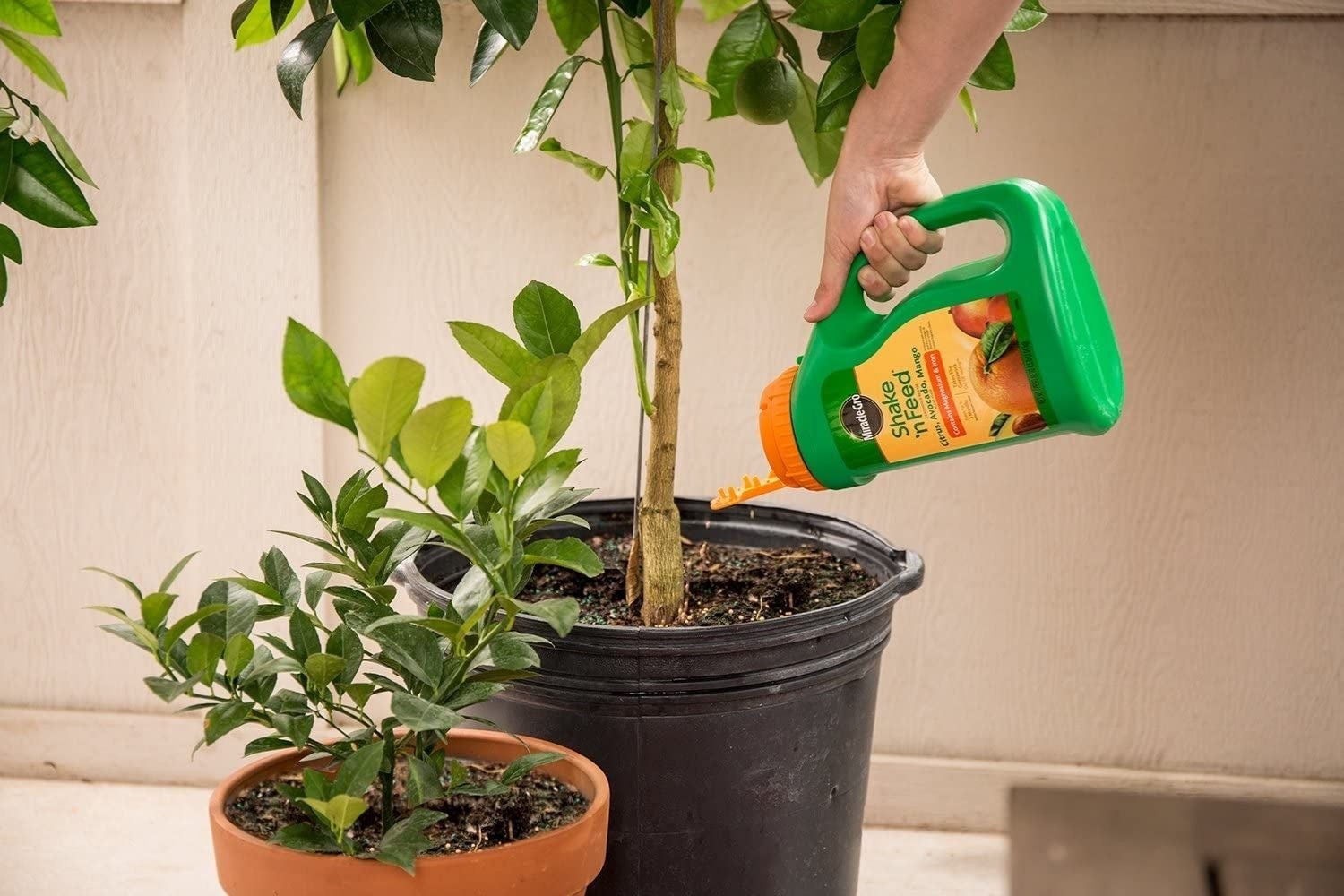
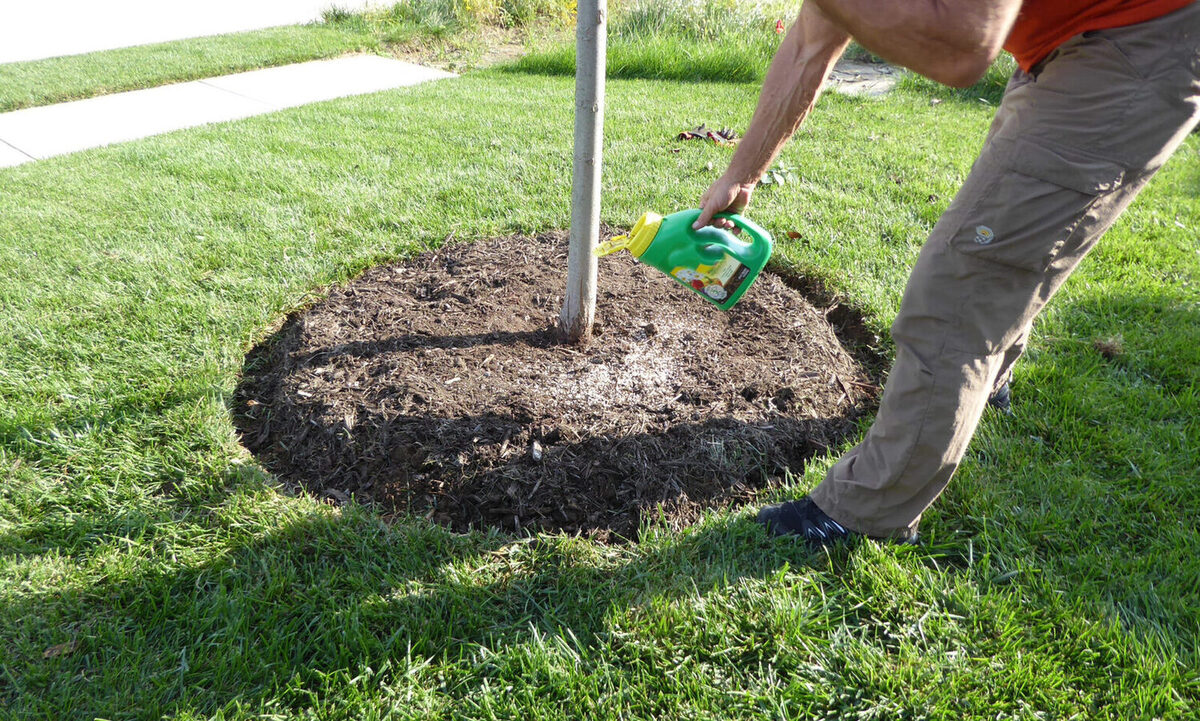
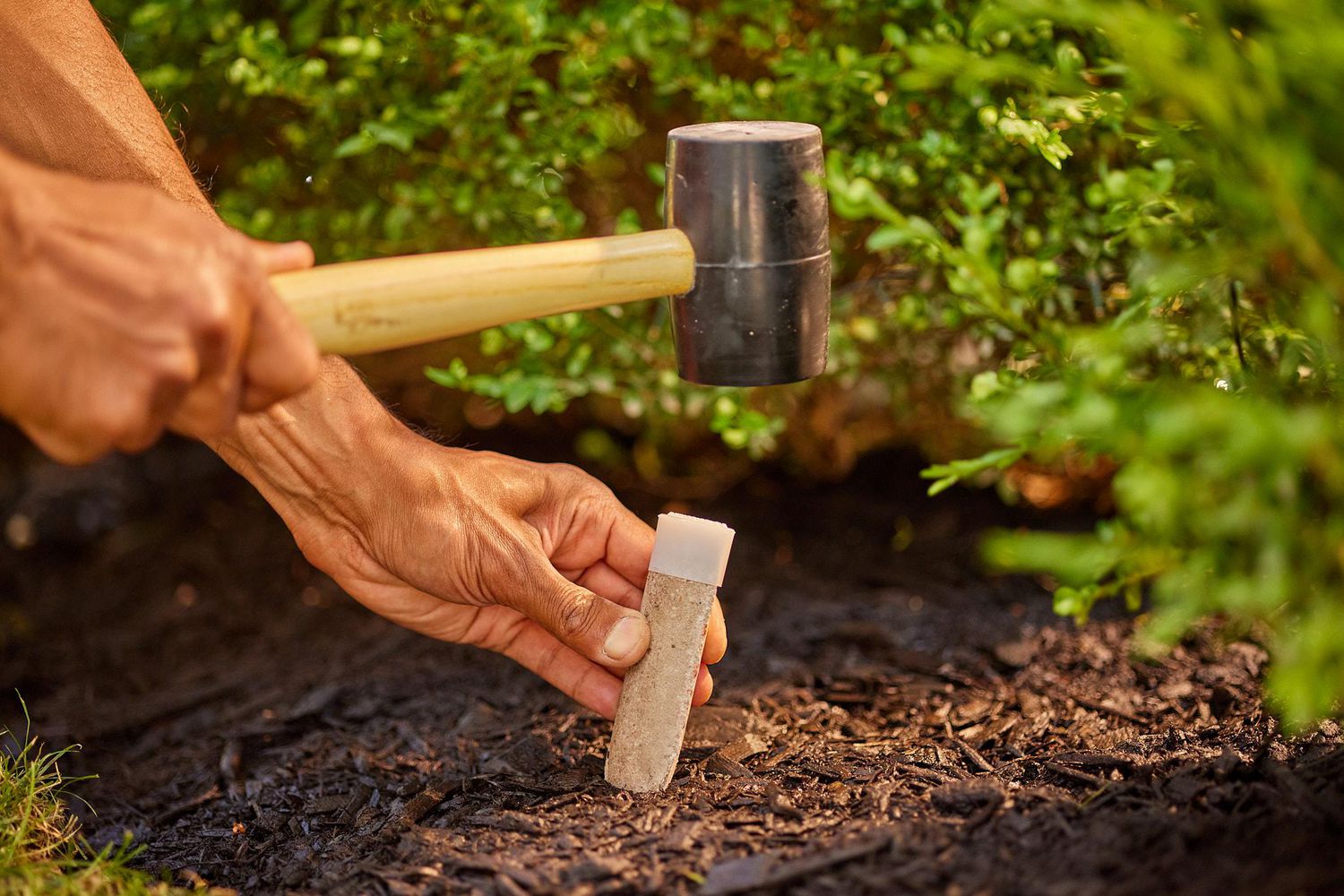
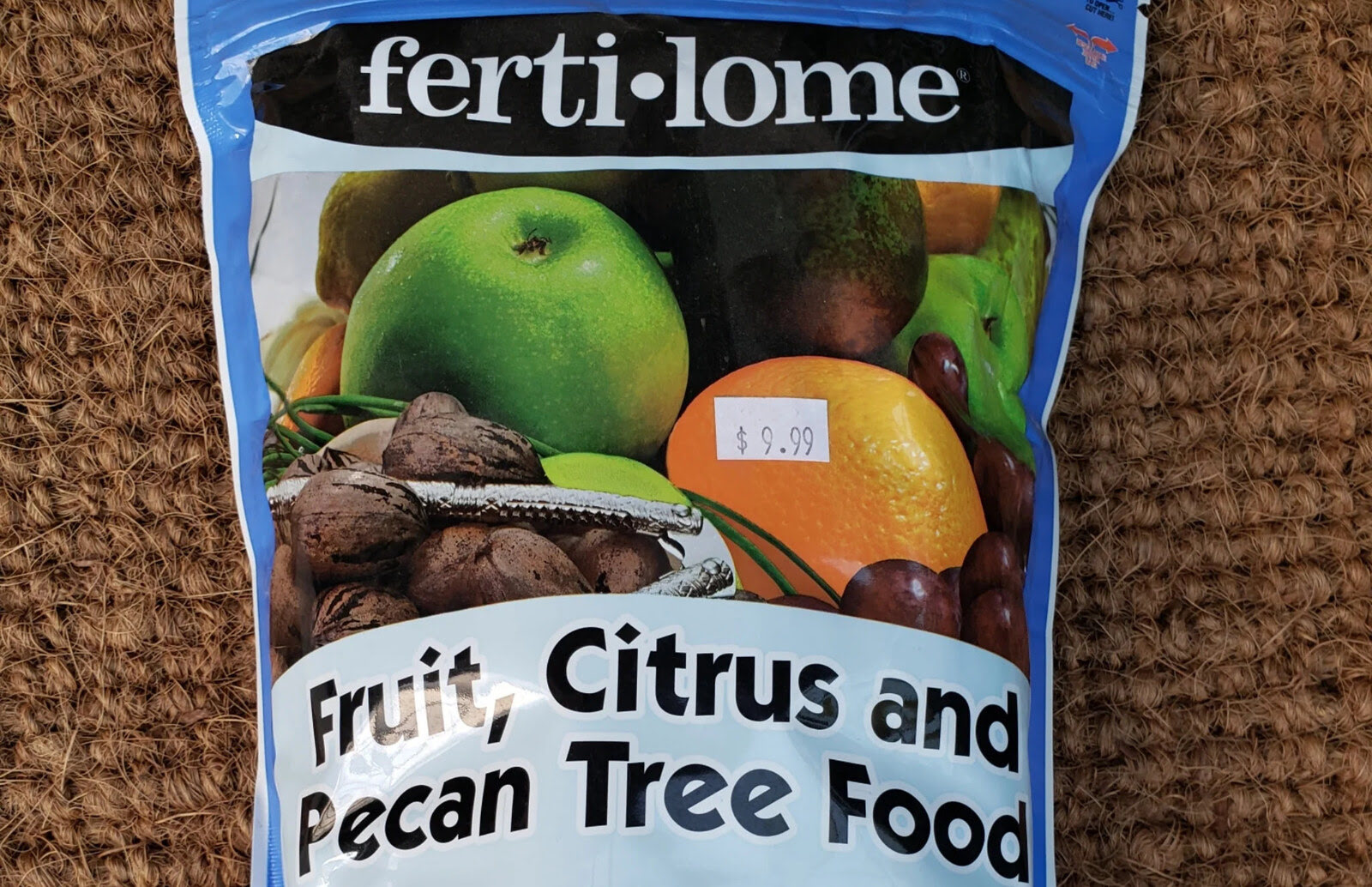
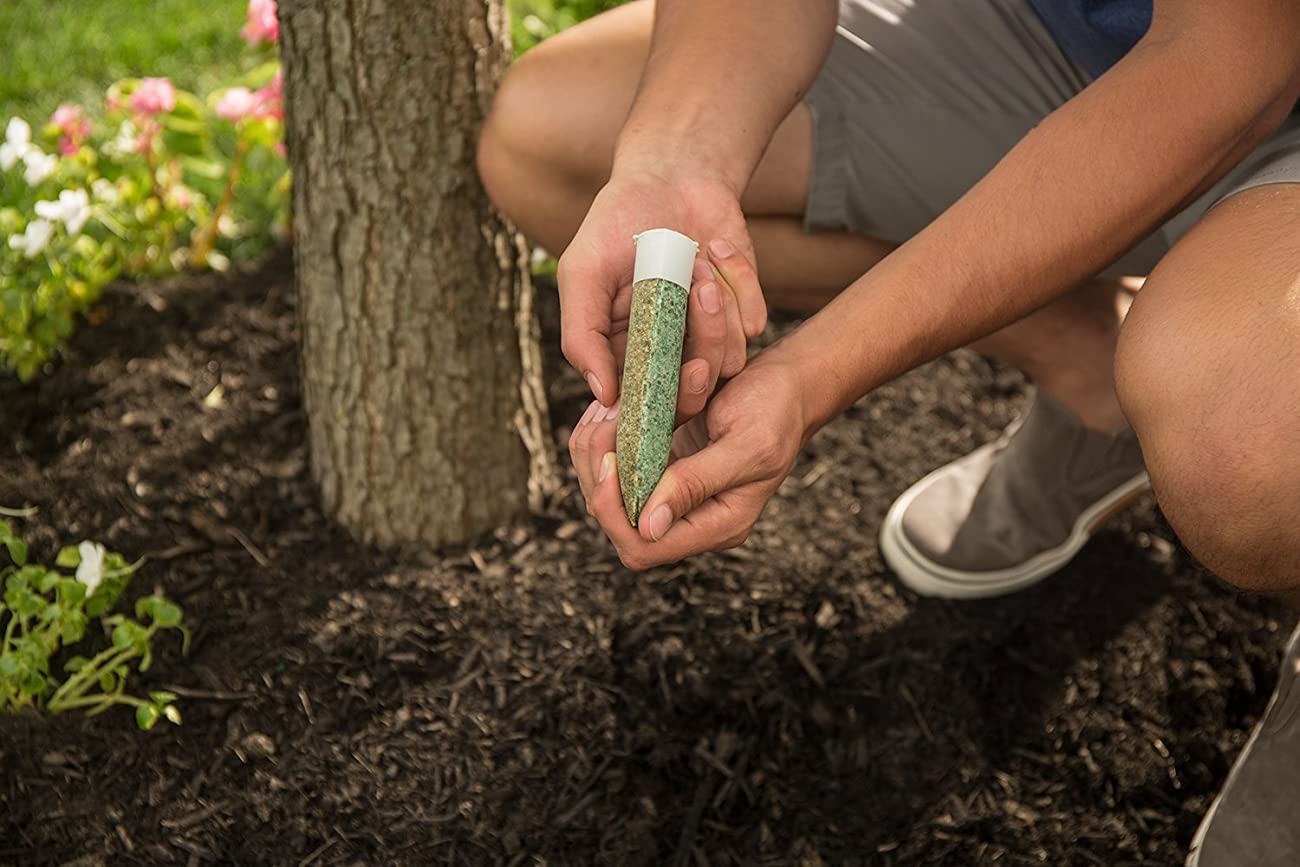
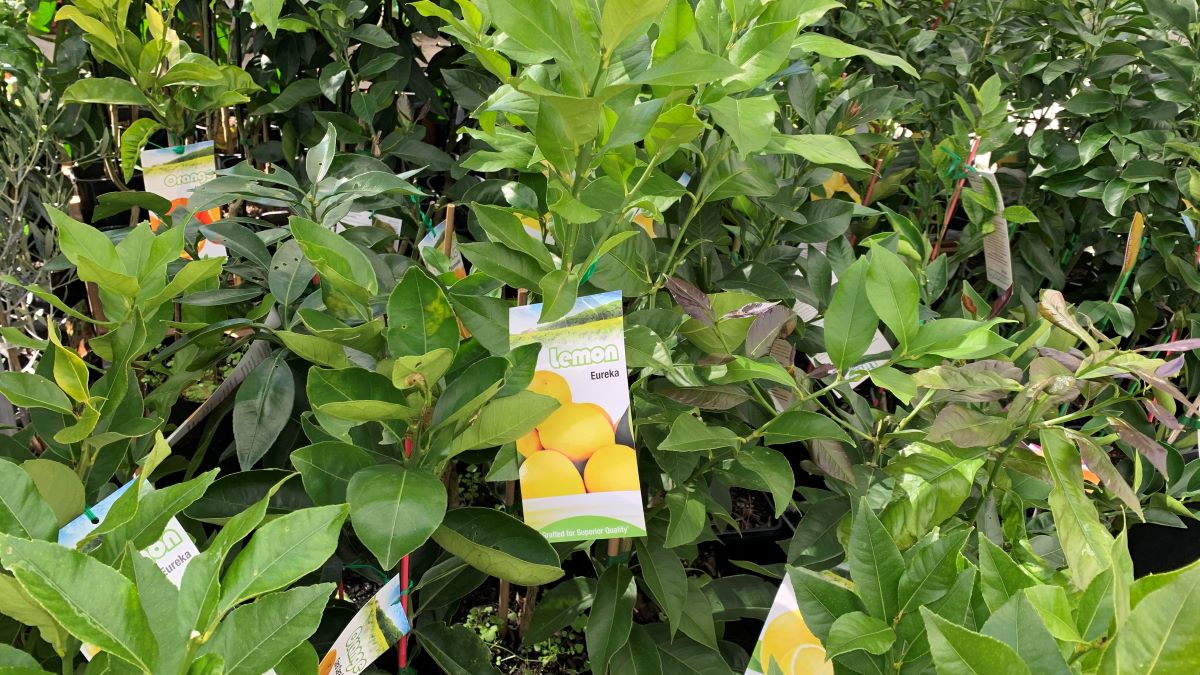
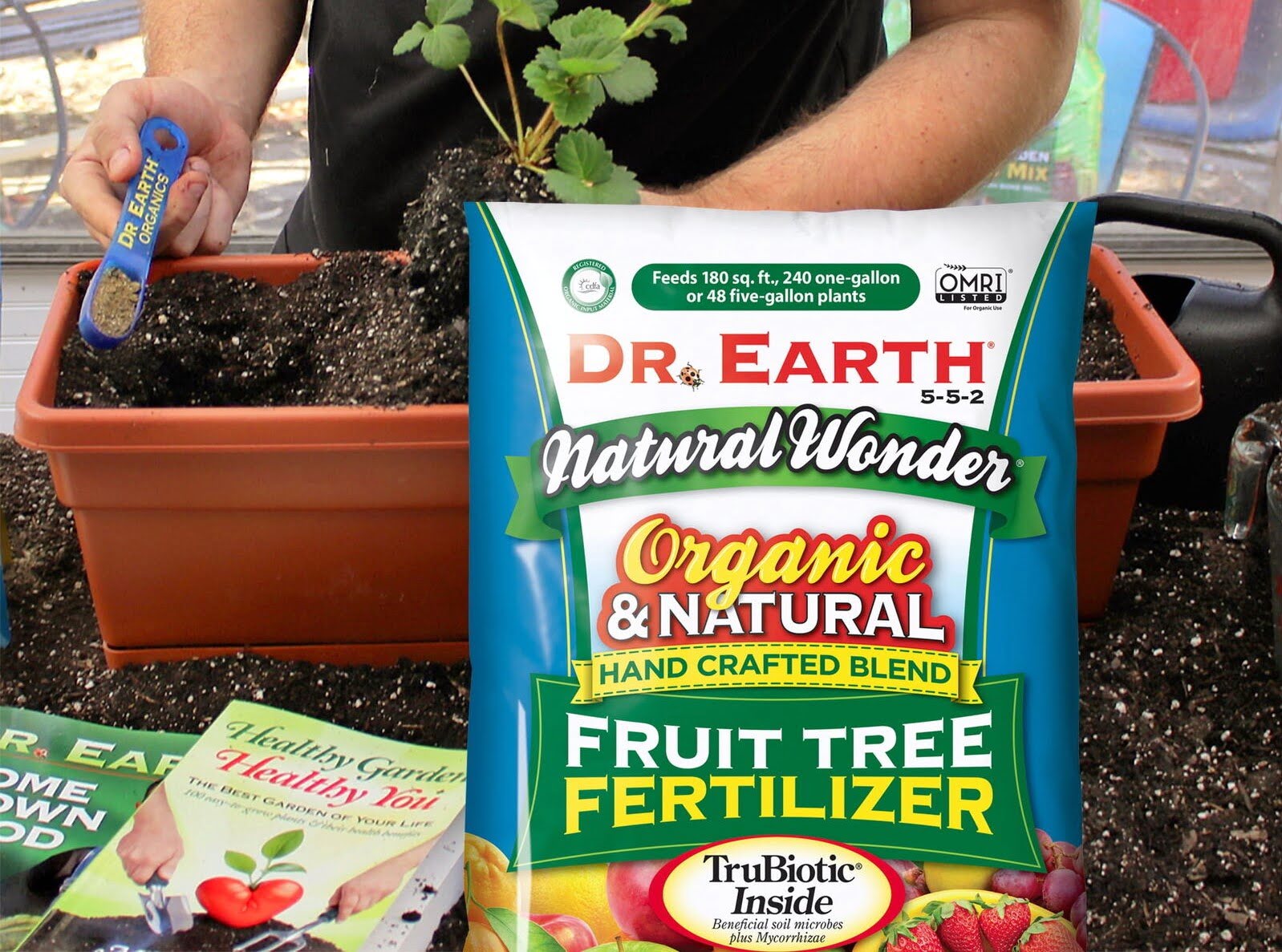
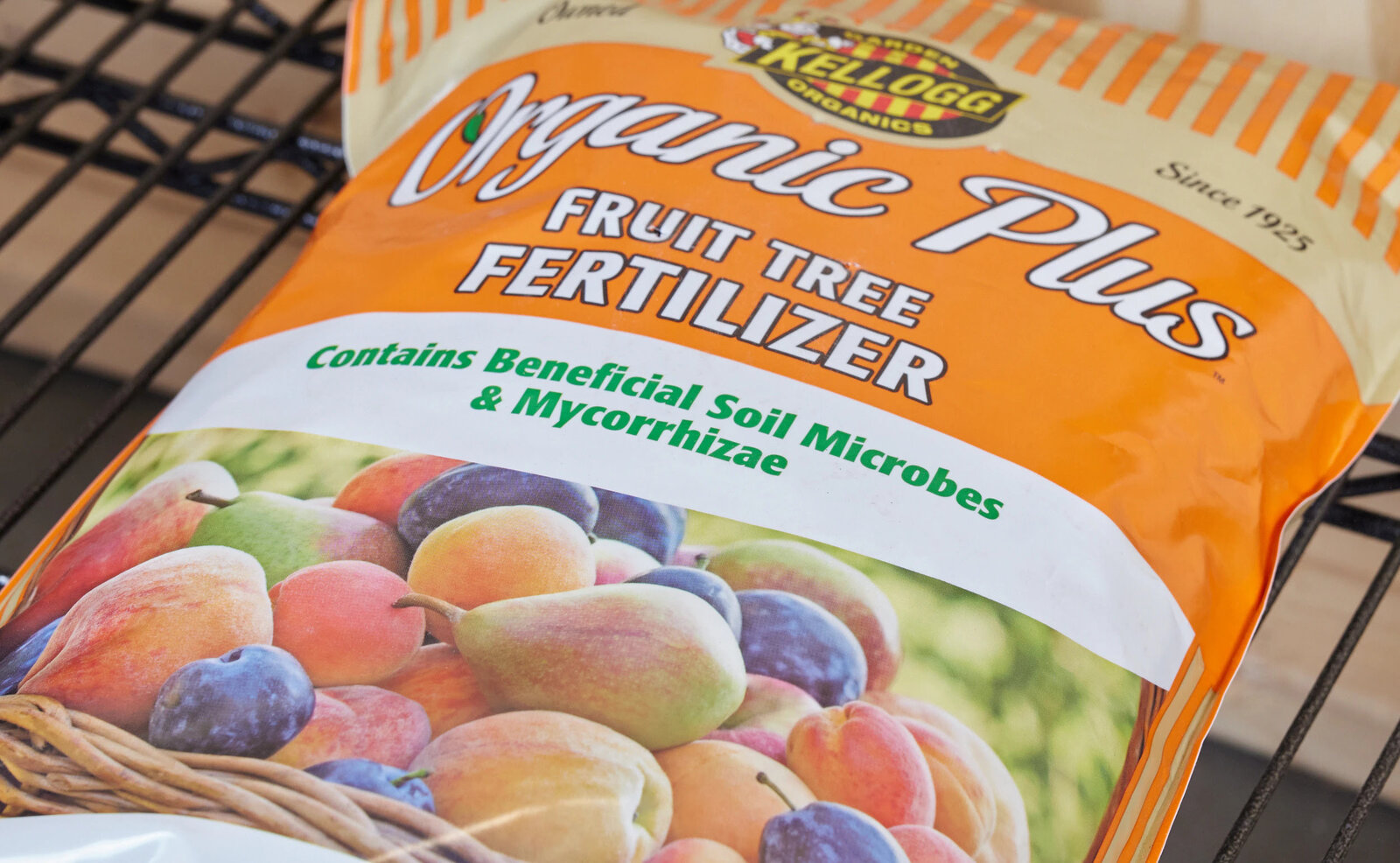
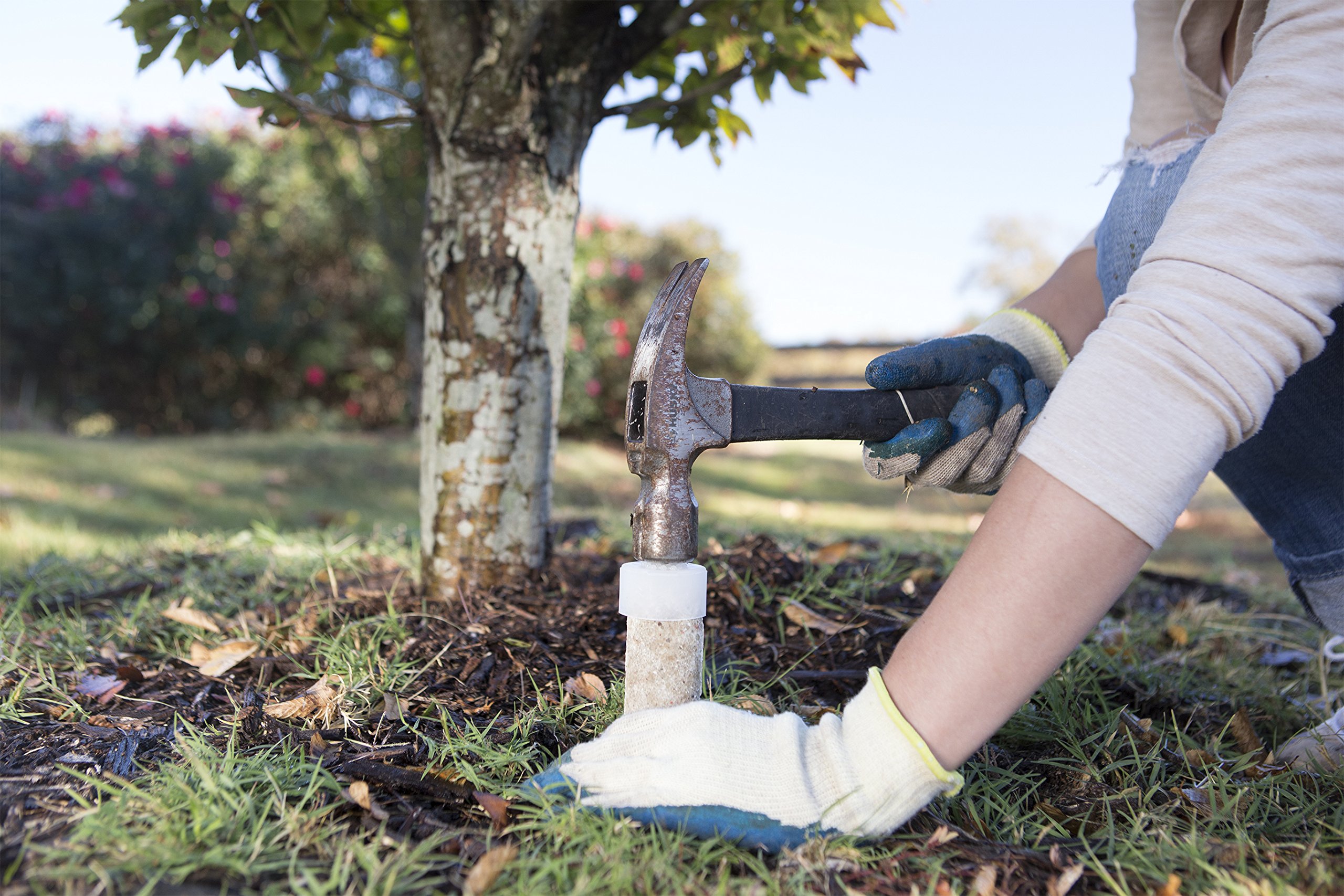
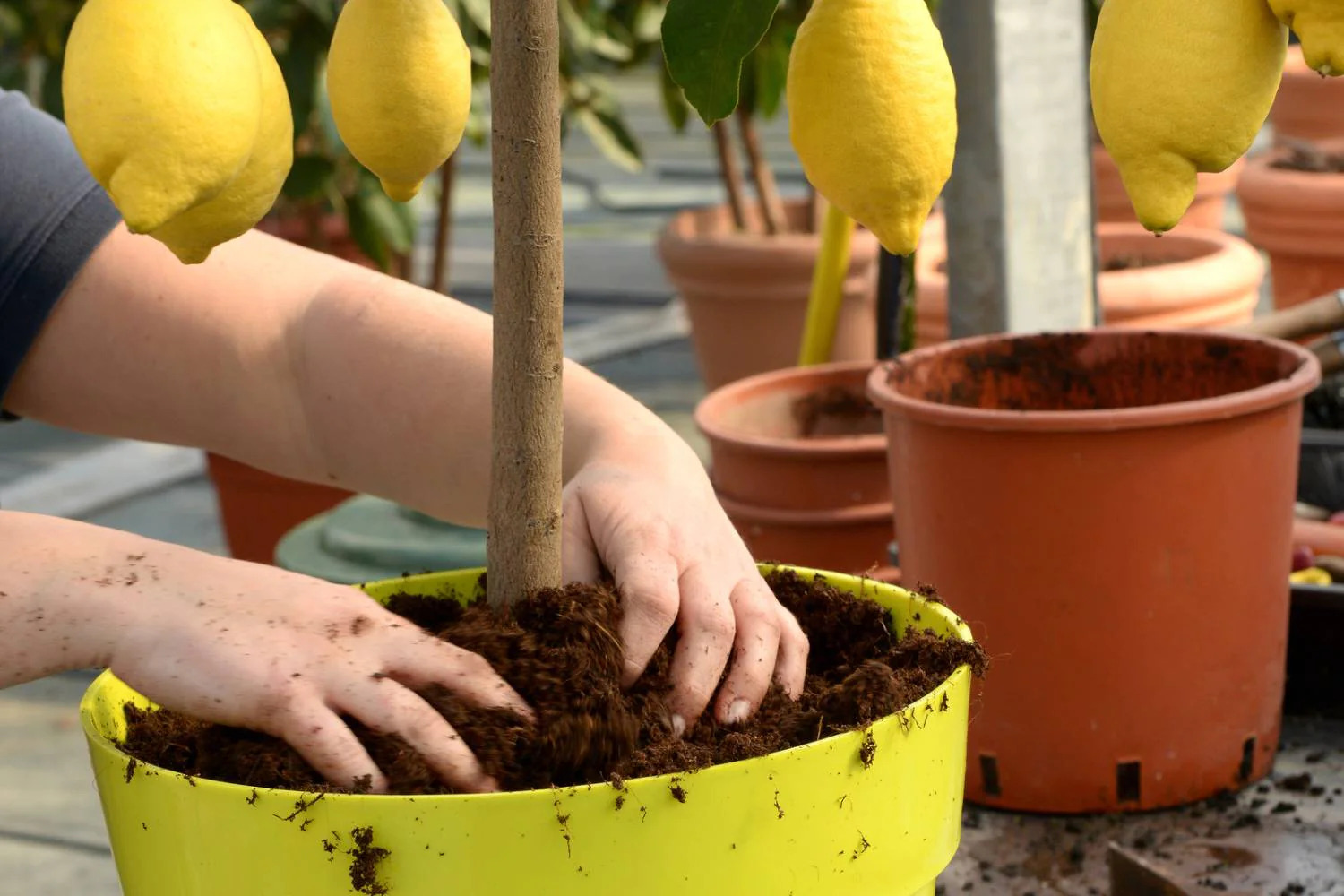
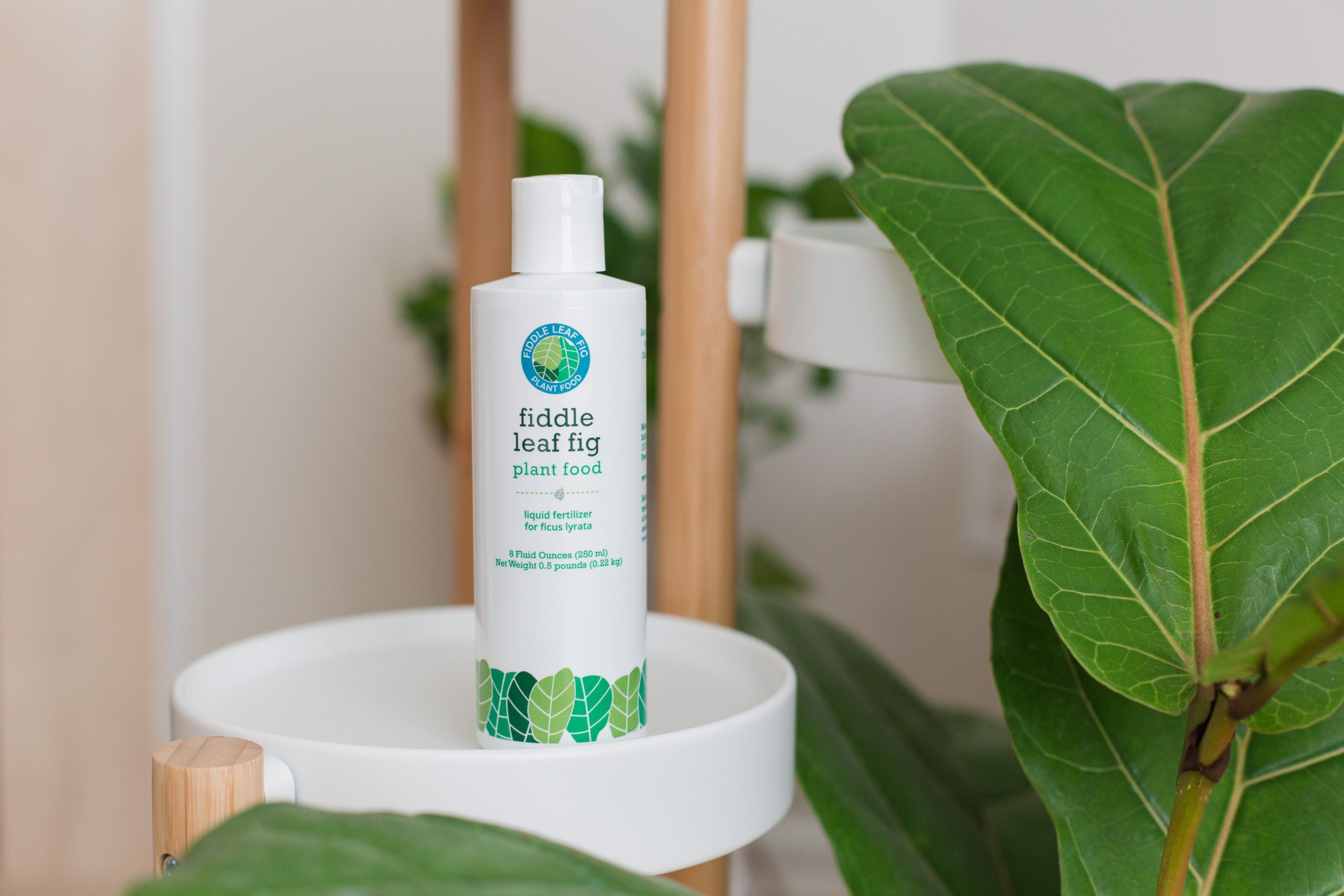
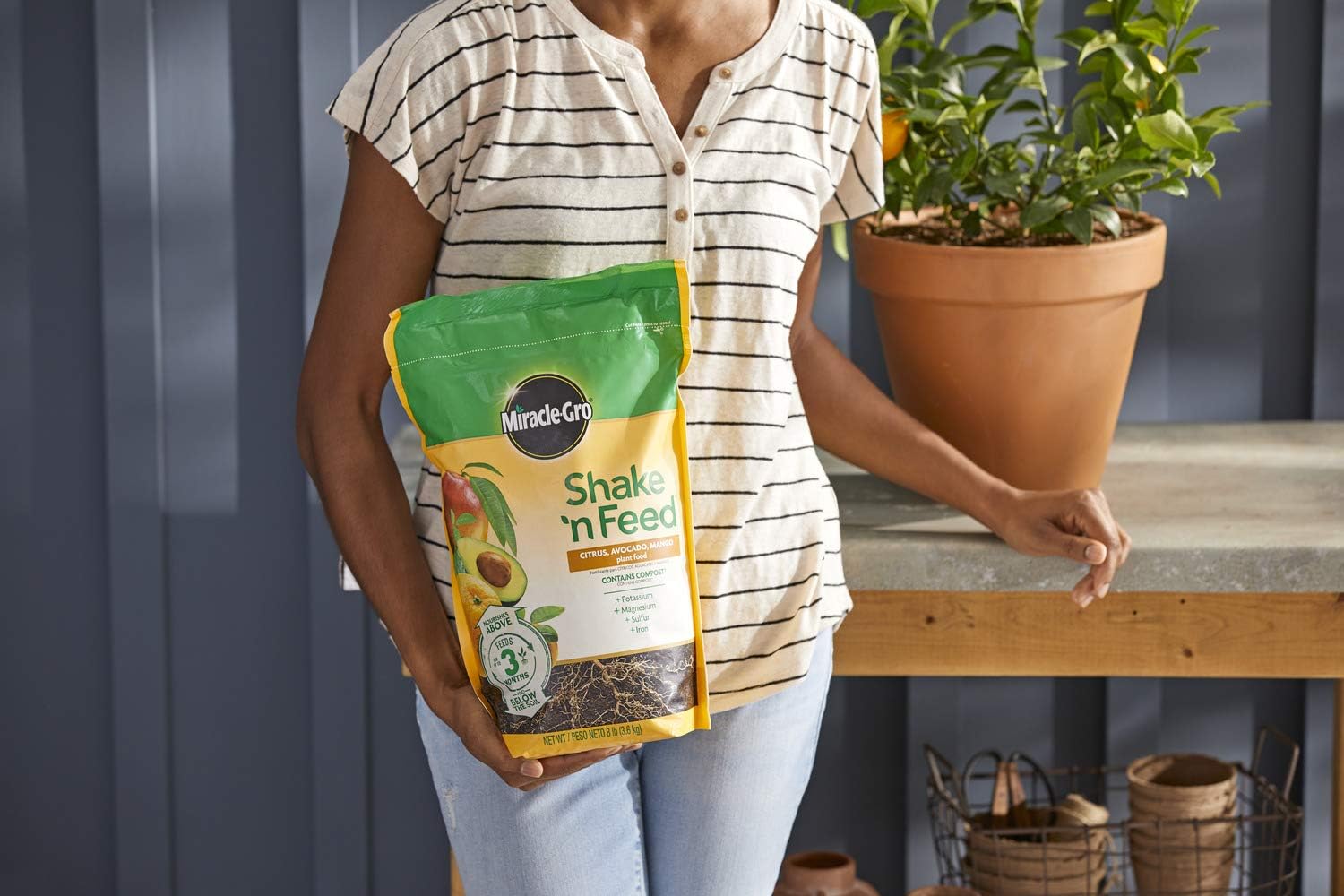
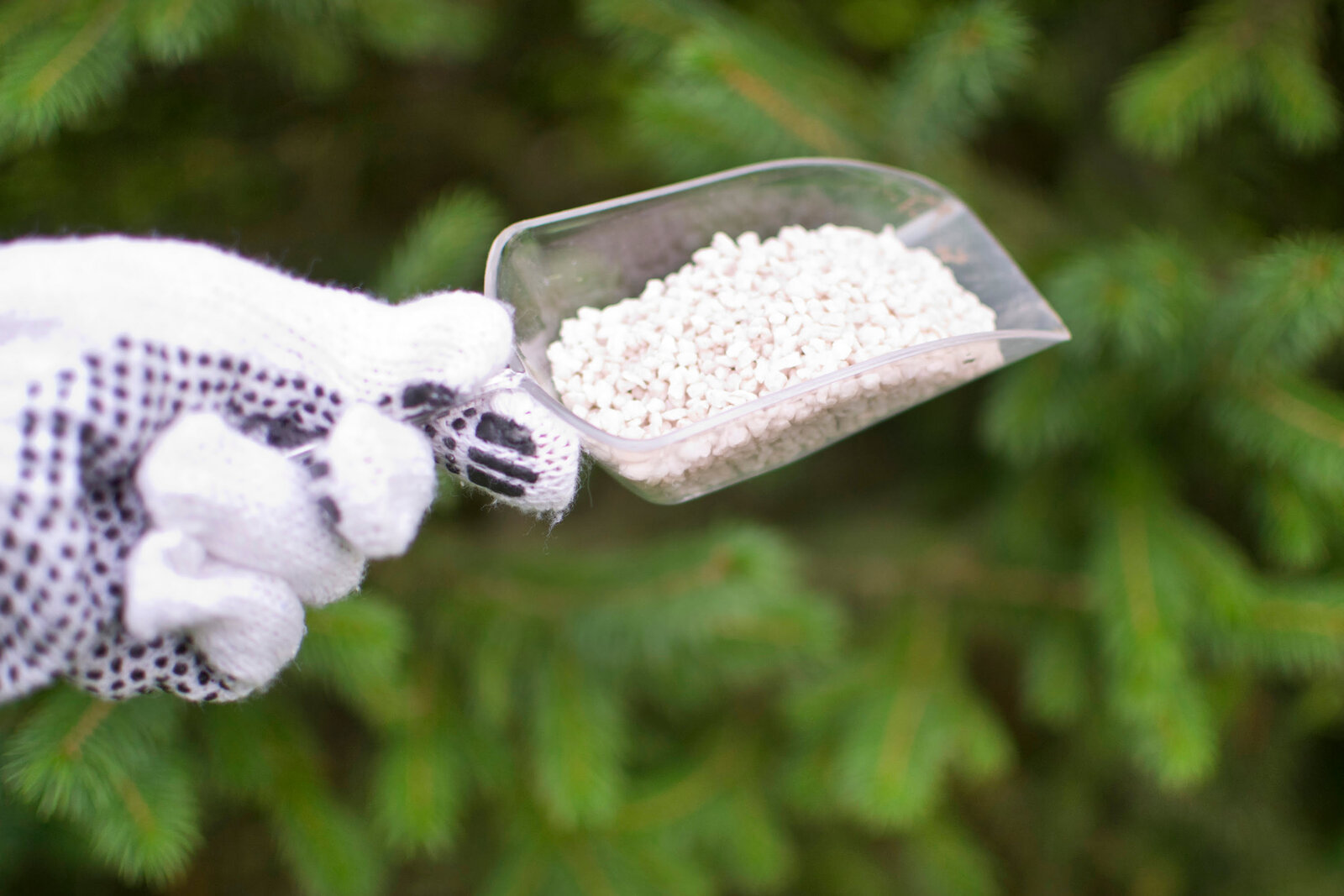

0 thoughts on “What Is The Best Fertilizer For Trees And Shrubs”